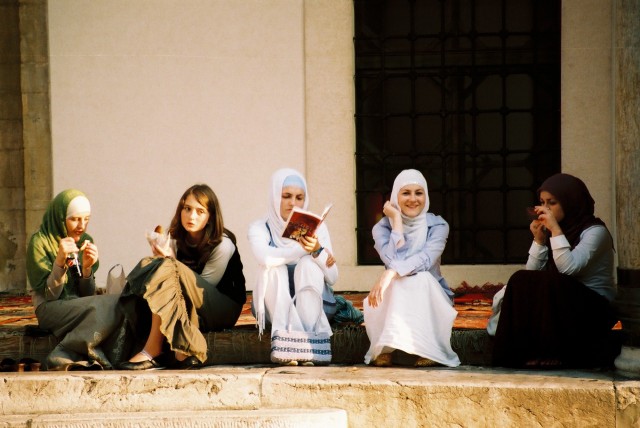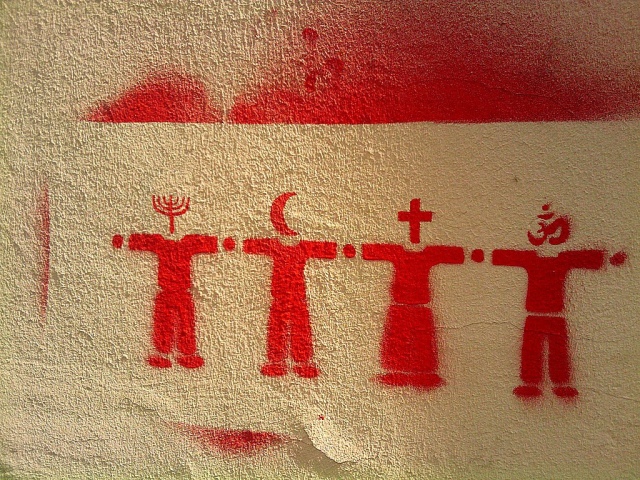
by Maria João Lourenço, Assistant lecturer at UMinho
▪
The phenomenon of globalization, contrary to expectations, has made cultural diversity and pluralism even more evident[i]. Because of multiculturalism, States are confronted with an increasing number of conflicts between minority legal orders and their national law, which is intended for the cultural majority.
In this chronicle, based on a recent decision of the Court of Justice of the European Union, we will reflect on a question which, although not new, continues to deserve particular attention since it violates the most basic principle of equality and, in the context of industrial relations, a clear discrimination on grounds of religion.
The case
A request for a preliminary ruling was made about the interpretation of Article 21 of the Charter of Fundamental Rights of the European Union and Article 11, Article 2(2)(a), Article 2(5) and Article 7(1) of Directive 2000/78/EC, which establishes a general framework for equal treatment in employment and occupation during professional activity.
The reference for a preliminary ruling was made in the context of a dispute between Cresco Investigation GmbH and Markus Achatzi concerning the right of the applicant to receive a supplementary compensation in respect of the remuneration paid due to work on a Good Friday.
Continue reading “Religious freedom, equal treatment in employment and occupation and case C-193/17 (22 January 2019)”





 by Professor Alessandra Silveira,
by Professor Alessandra Silveira,